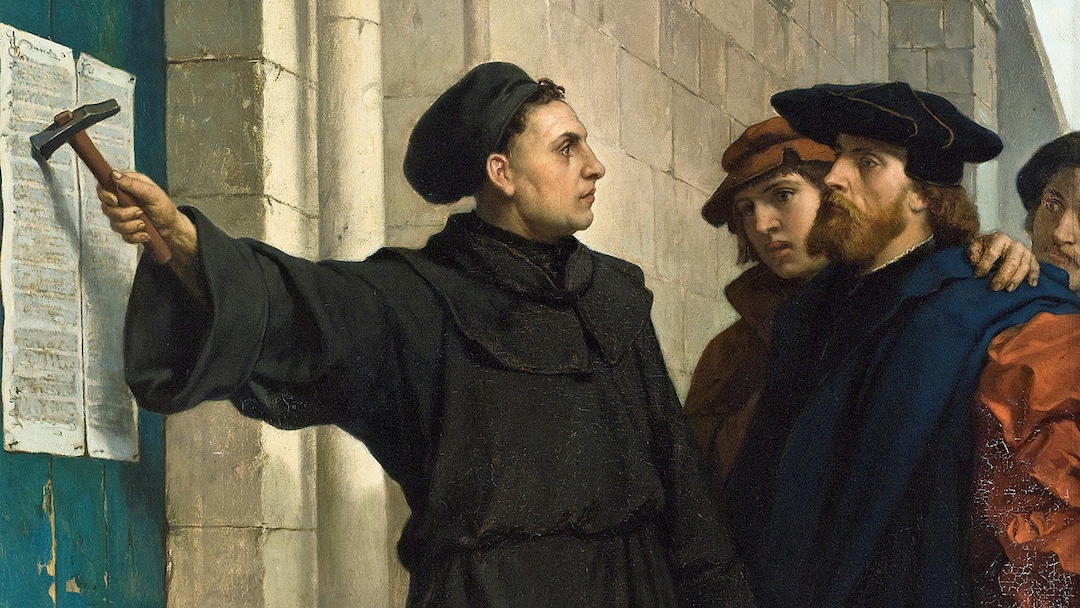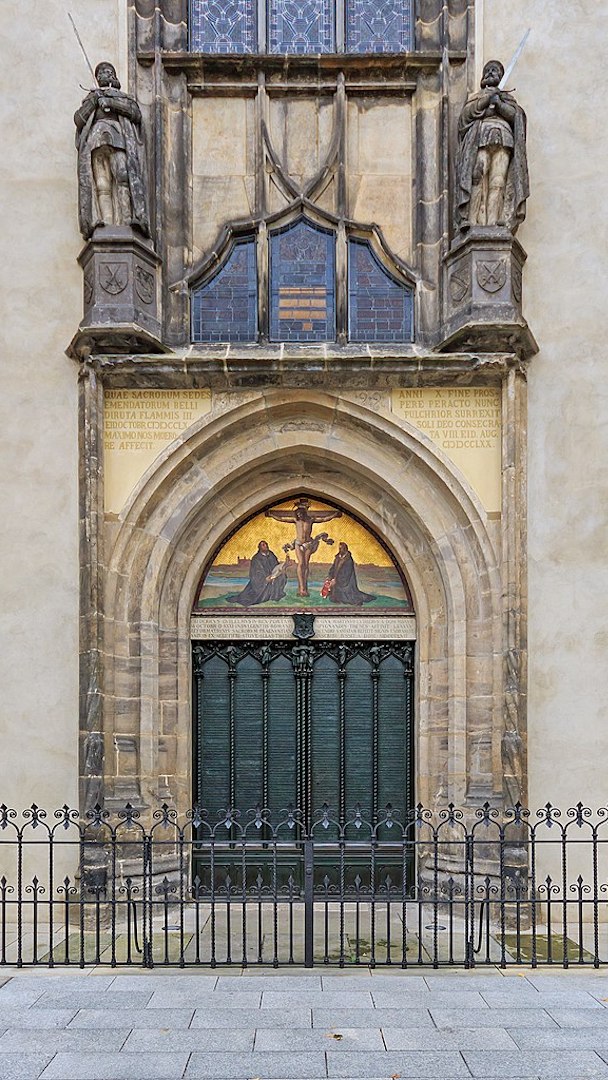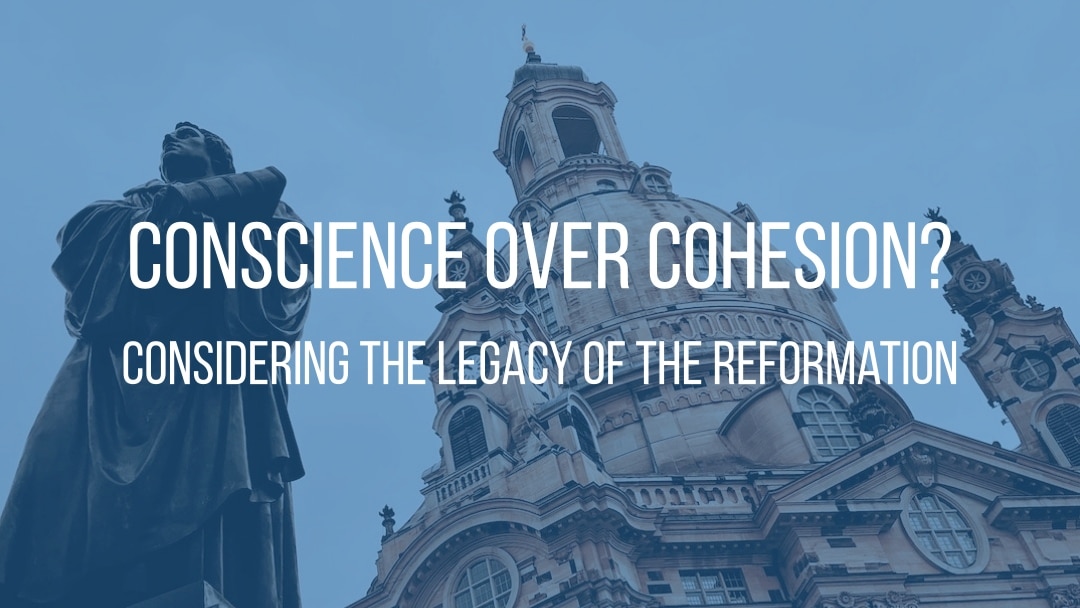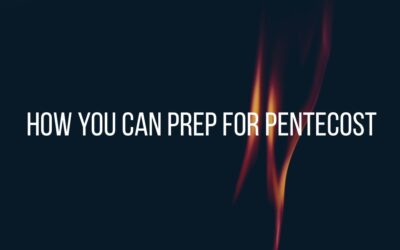Imagine you are an alien who earned your interstellar passport and decided to spend a day on planet Earth. Suppose you picked a small town somewhere in the United States. Maybe you wouldn’t be surprised by the stores in which to buy food and other necessities, government offices, or restaurants… But what would you make of the diverse group of buildings associated with someone named “Jesus” called “churches”?
You might see a “First Methodist” and a “First Presbyterian.” Heck, you might even see a “Third Presbyterian.” There might not even be a “Second Presbyterian.” (Where it went, nobody in the town knows.) You might see a “Church of Christ,” a “Church of God,” or a “Church of God in Christ”! If you weren’t confused already, you might then discover some newer-looking buildings that turned out to be churches, too, in spite of their improbable names. “The Foundry” doesn’t work metal, but is a new church plant. “Oxygen” turns out to be a church, too. Strangely, even though they all are very interested in this Jesus fellow, some are packed on Sundays and others are nearly empty.
Our alien visitor might be surprised to learn that all of this started with an Augustinian monk named Martin Luther more than 500 years ago. While the United States has an unrivaled knack for denominational proliferation, the division of Christians into lots of denominations is global, not just an American thing. And the path from the Wittenburg door to the diversity of American Protestantism isn’t a straight path, it isn’t an accident, either. It comes from a strength and a weakness right at the heart of the Reformation.
Whether he would have liked it or not (and let’s not fool ourselves, he would not have liked it!), Martin Luther’s efforts to reform the 16th century Catholic Church opened a box that could not be closed after it was open.

Detail of Luther Hammers His 95 Theses to the Door by Ferdinand Pauwels, 1872. Wikimedia Commons, public domain.
At the heart of Luther’s reforms was a desire for people to hear the “pure gospel of Jesus Christ,” summed up by the five solas: sola scriptura (scripture alone), solus Christus (Christ alone), sola fide (faith alone), sola gratia (grace alone), and soli Deo gloria (glory to God alone). It was an admirable, courageous, and arduous project that Luther and his successors embarked upon.
And that project had significant implications for the future of the Church. So, as Reformation Sunday rolls around again, I’d like to discuss my perspective on that legacy. And… have I not mentioned that I was raised Catholic and “crossed the Tiber” north, eventually becoming a Presbyterian pastor?
A People of the Book
Prior to Luther’s translation of the Old and New Testaments, there were few ways for those without advanced education to read the Bible. Jerome’s fourth century translation of the Bible into Latin was basically the translation of the Bible for over 1,000 years. It had some problems. Have you ever seen a painting or statue of Moses with horns on his head? That goes back to Jerome’s mistranslation of the episode of the rays of light coming from Moses’ face after being in the presence of God as horns. Oops. Further, apart from clerical circles, Latin was, by the time of the Reformation, a dead language.
Other forces kept Bibles out of reach, too. Until Gutenberg, manuscripts were expensive and rare. But with the printing press, books could be acquired at a fraction of the cost of earlier hand-written texts (much less ones written on vellum or papyrus).
But Luther lived in the age of the printed word. His German New Testament was printed in 1522 and his whole Bible was printed in 1534 (Tyndale printed the first English translation in 1526—and paid for it with his life).
Luther’s desire, shared by later Reformers, to place all life under the authority and direction of God’s Word, was made practical by widely available translations of the Bible into the common languages of Europe. It also led to large-scale literacy movements. After all, if God’s Word is living and active, leaders of the church need to help read the text for themselves.
Unity and Diversity
But the Bible freely and broadly available in a newly literate Europe led to new problems. With everyone reading scripture for themselves, convinced that the plain meaning was accessible to all, it isn’t that surprising that different people, even with good intentions, began disagreeing over interpretations of the Bible and the doctrines the Bible supports. This started early. Lutherans and the followers of Calvin (the Reformed tradition) fell out over a variety of issues, especially the Lord’s Supper by the 1520s. The effort of Zacharias Ursinus and Caspar Olivianus to reconcile these differences ultimately failed, a harbinger of things to come.

The Door of the Theses in Wittenberg. A.Savin, FAL, via Wikimedia Commons
There are difficulties in counting precisely how many different Protestant denominations there are, as boundaries are sometimes vague. The estimates range from the hundreds to thousands. This is the inevitable result of decentralization of authority and the ability of anyone, anywhere, to decide what they believe following Jesus should look like. Perhaps for this reason, us Protestants should do whatever we can to unite where possible. Whether in a small setting like a local ministerium, or a city-wide ministry, including worship services that unite around God’s Word and care for the world, we can show some signs of unity across denominational lines.
I realized in my late twenties that modern Protestants and Catholics handle unity and diversity very differently. Today, just like us Protestants, Catholics have a wide variety of theological and political differences of opinion. Just contrast the left-leaning U.S. Council of Bishops with Opus Dei and other conservative Catholic groups, and you will realize that there is plenty of disagreement between them. The difference is that, generally, the Catholics stay together.
Protestants may argue that at least they can worship with a clean conscience. But there are some downsides. I mentioned earlier that I am a Presbyterian pastor. In my second call, in a small town in Western PA, there were five, yes, FIVE different Presbyterian churches in the town. This is in a town of only 8,000 people. As secularism and low community involvement impact church attendance, how will those churches survive? While not every town’s church situation is quite so fractured, the problem is a general one all churches face in the future—and some even are facing today.
With that said, there is still hope. I do believe the Protestant Reformation had done far more good than bad. The desire to know God through His Word and make God Known, are central features of the Protestant Reformation. And, while the proliferation of church buildings may be the most conspicuous aspect of the Reformation’s legacy, I think we can all agree that universal literacy, worshiping God in the language of the people (this didn’t change in the Catholic Church for over 400 years with Vatican II in 1967!), a renewed interest in education (not just for the elite or those who’ve taken monastic vows), the eventual emergence of freedom of religion, the Protestant missionary movement, etc., all provide significant backdrop for why the Reformation continues to be a worthy movement to celebrate.
And I’m also encouraged to see that in the present, even in the midst of declining numbers, churches are joining forces, they’re finding ways of being faithful communities who gather around the Word of God, believing that it is still alive and active to shape our past, our present, and our future.

Stu is married to Colleen, who currently serves as a spiritual formation lead at Compassion International in Colorado Springs. Stu and Colleen have two children (Jack and Emma) whom they love deeply.
In his free time, Stu enjoys gardening, golf, reading a good book, and watching baseball.
Don’t Miss
The Latest From Our Blog
New Site Launches Tomorrow!
Watch this Space! Tomorrow (May 29) is the official launch of the new The Pastor's Workshop site! Return to this blog tomorrow morning for a post highlighting the new features and explaining how subscribers can get on and start using the site! Here are some new...
How You Can Prep for Pentecost
This was originally posted on May 12, 2016 on https://huffpost.com Pentecost Came Like Wildfire I'm lying on an ice pack early this morning, doing my back exercises and listening to Pray as You Go, a tool for meditation, with monastery bells, music, and a Bible...
Sacred Spaces: the Church Forests of Ethiopia
Let's Go to Ethiopia! Here’s a fun exercise with a spiritual payoff. Go to Google Maps and view aerial images of the South Gondar zone of Ethiopia. Use this button:When the page loads, you'll see a light brown countryside, mostly farmland. There are thin lines of dark...




